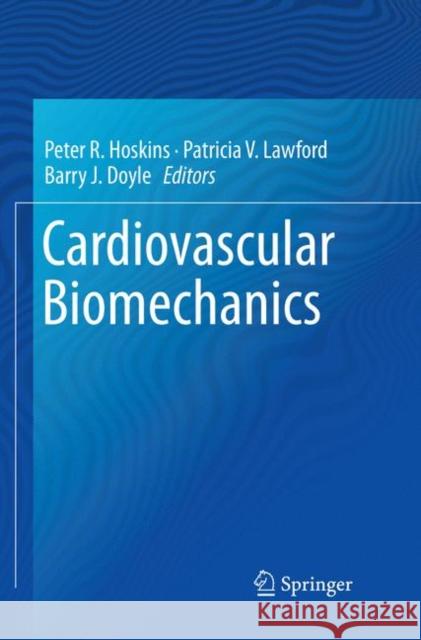Cardiovascular Biomechanics » książka
topmenu
Cardiovascular Biomechanics
ISBN-13: 9783319835136 / Angielski / Miękka / 2018 / 462 str.
Kategorie BISAC:
Wydawca:
Springer
Język:
Angielski
ISBN-13:
9783319835136
Rok wydania:
2018
Wydanie:
Softcover Repri
Ilość stron:
462
Waga:
0.65 kg
Wymiary:
23.39 x 15.6 x 2.41
Oprawa:
Miękka
Wolumenów:
01
Dodatkowe informacje:
Glosariusz/słownik
Wydanie ilustrowane
Wydanie ilustrowane











